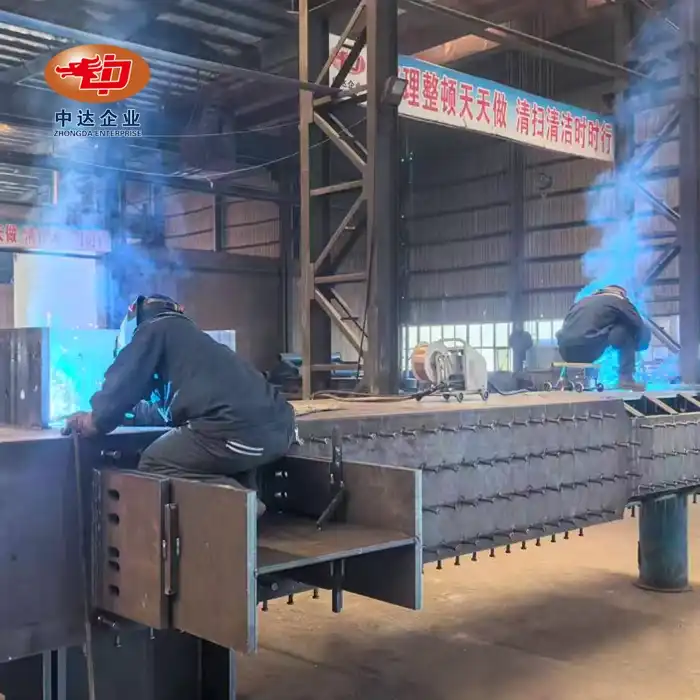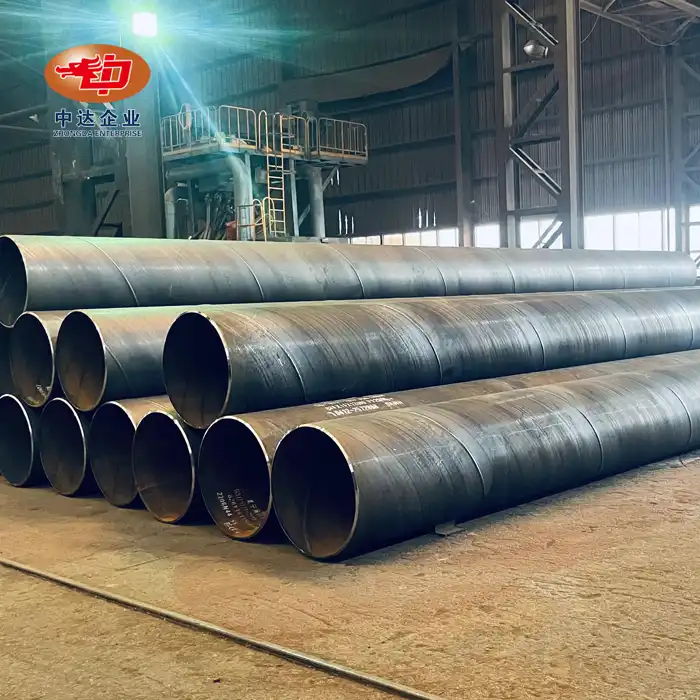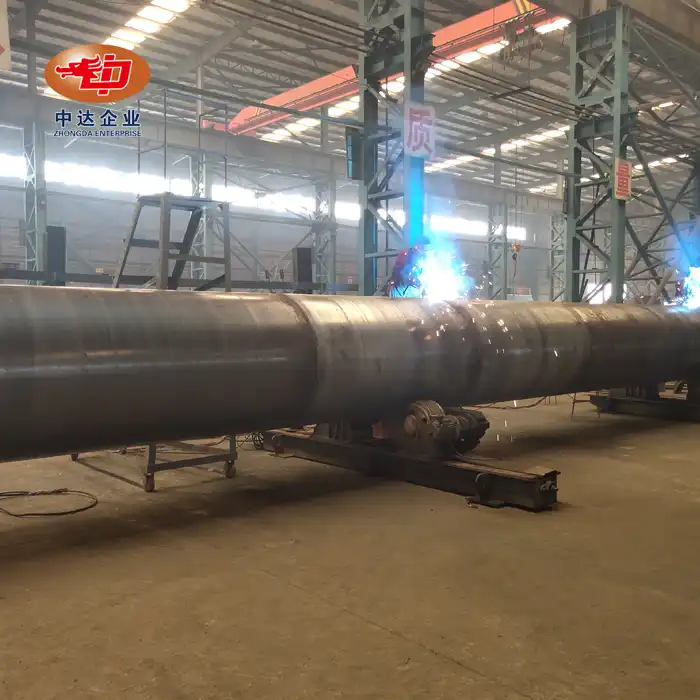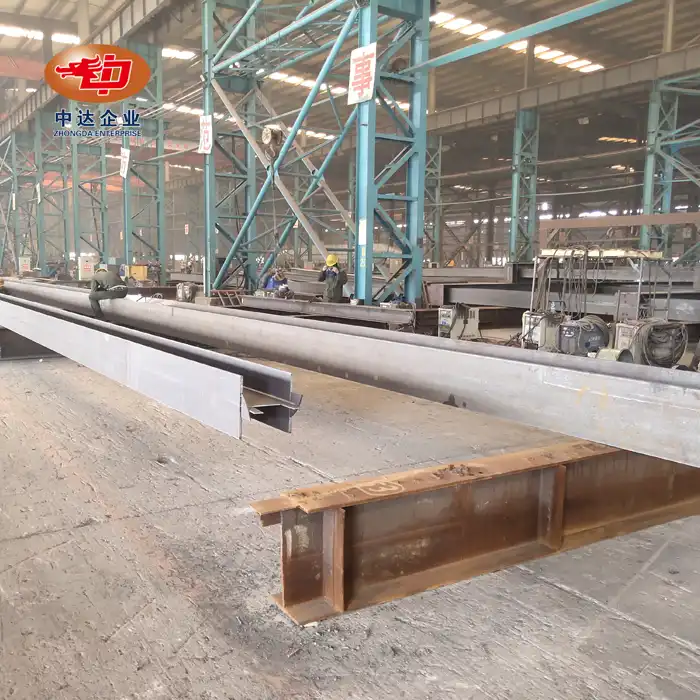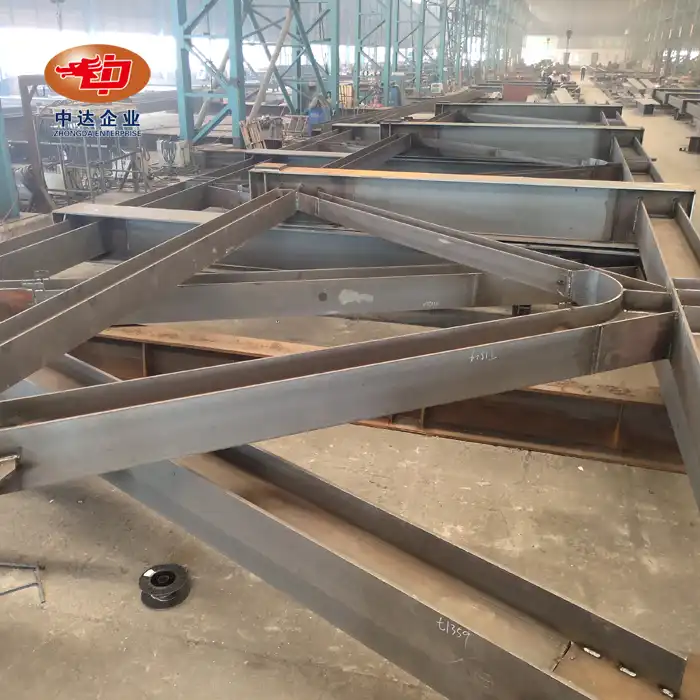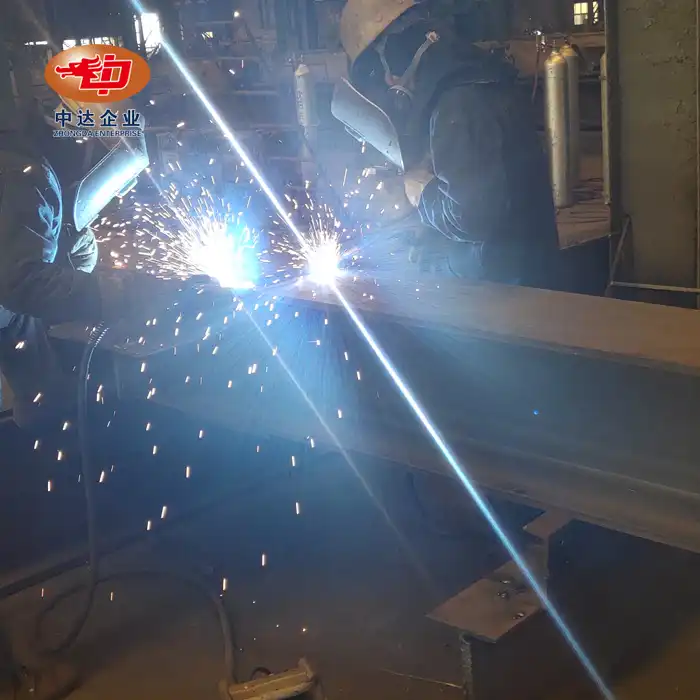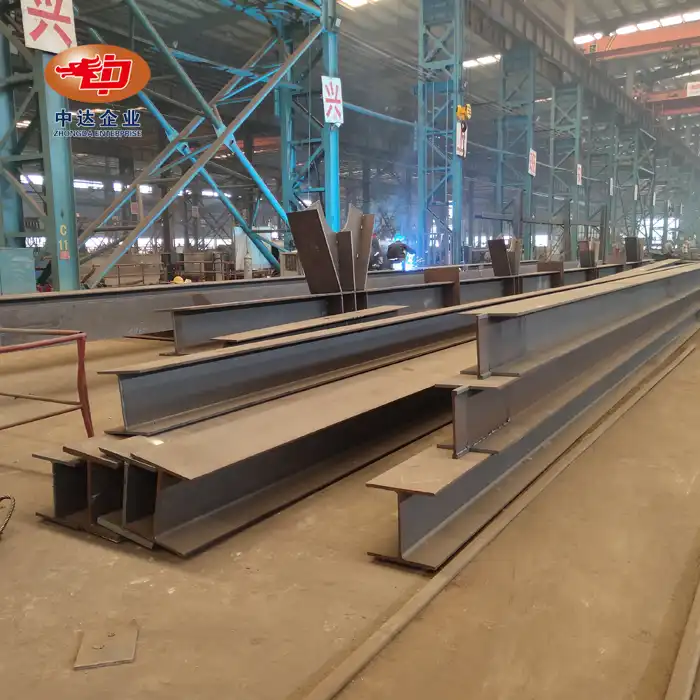The Science Behind Earthquake-Resistant Light Steel Villas
Material Properties of Light Steel
Light steel, particularly the ASTM A653 G90 galvanized steel used by Zhongda Steel, offers an ideal combination of strength and ductility. This material can withstand significant deformation without breaking, allowing it to absorb seismic energy effectively. The high strength-to-weight ratio of light steel also reduces the overall mass of the structure, which in turn decreases the inertial forces generated during an earthquake.
Structural Design Principles
Earthquake-resistant light steel villas employ several key design principles. These include:
- Moment-resisting frames that allow controlled flexing during seismic events
- Strategic placement of cross-bracing to enhance lateral stability
- Ductile connections that can deform without failure
- Uniform distribution of mass and stiffness to prevent torsional effects
Zhongda Steel's engineers utilize advanced BIM (Building Information Modeling) technology to optimize these design elements for each project, ensuring maximum seismic performance.

Energy Dissipation Mechanisms
Light steel structures excel at dissipating seismic energy through various mechanisms:
- Yielding of steel members in predetermined locations
- Friction in bolted connections
- Hysteretic damping in specially designed components
These energy dissipation methods help to reduce the magnitude of forces transmitted through the structure, significantly improving its earthquake resistance.
Comparative Advantages of Light Steel Villas in Seismic Zones
Light Steel vs. Traditional Construction Materials
When compared to traditional building materials like concrete or wood, light steel offers several advantages in seismic zones:
- Higher strength-to-weight ratio, reducing inertial forces
- Greater ductility, allowing for more energy absorption
- Consistent material properties, ensuring predictable performance
- Precision manufacturing, minimizing construction errors
Zhongda Steel's light steel villas capitalize on these inherent material benefits, resulting in structures that consistently outperform traditional buildings in seismic tests.
Modular Design Benefits
The modular nature of light steel construction contributes significantly to its seismic performance:
- Uniform load distribution across the structure
- Redundancy in load paths, improving overall resilience
- Easier implementation of seismic isolation techniques
- Simplified quality control during manufacturing and assembly
These modular design advantages allow Zhongda Steel to deliver consistently high-quality, earthquake-resistant structures across diverse project types and locations.

Long-Term Performance and Maintenance
Light steel villas maintain their earthquake resistance over time better than many traditional structures:
- Minimal material degradation, especially with proper galvanization
- Easier inspection and maintenance of critical structural components
- Ability to retrofit or upgrade seismic performance as needed
- Resistance to other environmental factors that could compromise structural integrity
Zhongda Steel's commitment to using high-quality G90 galvanized steel ensures that their light steel villas retain their seismic performance capabilities for decades, even in harsh coastal environments.
Real-World Performance and Case Studies
Seismic Test Results and Certifications
Zhongda Steel's light steel villas have undergone rigorous seismic testing to validate their performance:
- JIS A 4706 certification for Level 7 earthquake intensity
- Full-scale shake table tests simulating major historical earthquakes
- Finite element analysis studies under various seismic scenarios
- Compliance with international building codes for high seismic zones
These comprehensive evaluations provide concrete evidence of the earthquake resistance of properly designed light steel villas.
Post-Earthquake Assessments
While Zhongda Steel's light steel villas are relatively new, similar structures have performed exceptionally well in recent earthquakes:
- Minimal structural damage observed in light steel buildings during the 2011 Christchurch earthquake
- Rapid return to occupancy for light steel structures after the 2010 Chile earthquake
- Superior performance compared to traditional construction in the 2016 Kumamoto earthquake
These real-world examples demonstrate the practical benefits of light steel construction in seismic zones.
Cost-Benefit Analysis for Seismic Regions
Investing in earthquake-resistant light steel villas offers significant long-term benefits:
- Reduced repair and reconstruction costs after seismic events
- Lower insurance premiums due to improved structural performance
- Increased property values in earthquake-prone areas
- Potential for faster approvals and permits in seismic zones
When factoring in these advantages, Zhongda Steel's light steel villas often prove to be a cost-effective choice for development projects in seismic regions, despite potentially higher initial costs compared to some traditional construction methods.
Conclusion
Light steel villas, when properly engineered and constructed, offer exceptional earthquake resistance. Zhongda Steel's commitment to advanced design, precision manufacturing, and high-quality materials results in structures that not only meet but often exceed seismic performance standards. While no building can be guaranteed 100% earthquake-proof, the evidence clearly shows that light steel villas provide a superior level of protection in seismic zones. For developers and property owners in earthquake-prone regions, investing in a Zhongda Steel light steel villa represents a smart choice for long-term safety, durability, and peace of mind.
Contact Us
Ready to explore earthquake-resistant housing solutions? Contact Zhongda Steel today to learn how our innovative light steel villas can provide superior seismic performance for your next residential or commercial project. Email us at Ava@zd-steels.com to discuss your specific needs and discover the benefits of building with Zhongda Steel.











